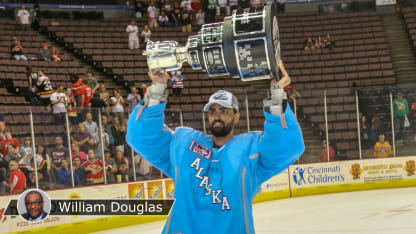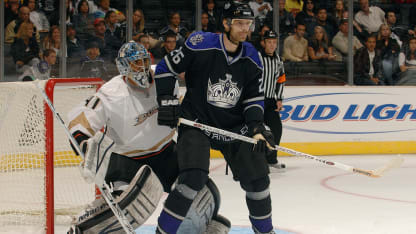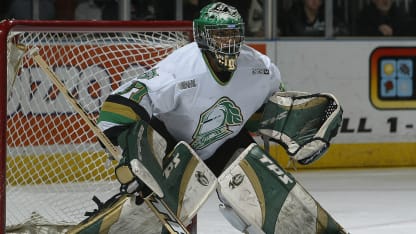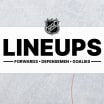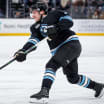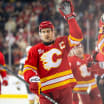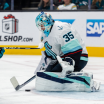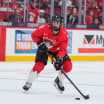"He made me look pretty silly, but he's a guy that's going into the Hall of Fame, so I was scored on by a good player," Coleman said.
Coleman's NHL career was brief. His only other appearance was 23:16 for the Lightning in a 6-5 overtime loss at the Florida Panthers on March 20, 2006, again replacing Grahame in goal. But his hockey story and journey are noteworthy nonetheless.
Raised in a family that struggled to make ends meet, Coleman didn't start skating until he was 8 and didn't play organized hockey until he was 11.
He played on a AA travel team as a teenager and practiced with players from P.U.C.K. -- Positive Upliftment of Chicago Kids -- which was part of NHL Diversity, a forerunner of today's Hockey Is For Everyone Initiative.
Hockey Is For Everyone is a network of 26 independent non-profit youth hockey organizations in more than 40 locations across the United States and Canada that use the sport to improve the lives and communities of underrepresented, underserved and marginalized populations.
Coleman said playing with P.U.C.K. provided a respite from the racist abuse he endured in AA hockey from opposing players, parents and fans who taunted him for being a 6-foot-5 Black kid playing in a predominantly white sport.
"I was called so many different names because I was a lot better than the other kids," he said, "and the parents hated the fact that here's a kid from where I'm from, that had nothing, that's better than kids who've been playing for 10 years and paying money for all these camps. Once I practiced with the (NHL) diversity kids, I felt like I was back at home, back to normal. It was fun, and that's what kept me going, seeing that they had as much love for the game as I did."
Coleman's play earned him an invitation to the second Willie O'Ree All-Star Game at Chicago's United Center in 1997, along with other NHL Diversity players from across the country.
Coleman went on to play for USA Hockey's National Team Development Program from 2000-02 and later joined London of the Ontario Hockey League, which selected him in the second round (No. 27) of the OHL Priority Selection draft in 2001.
He helped London win the OHL championship and the Memorial Cup in 2004-05 and led the OHL in goals-against average (1.70), save percentage (.941) and shutouts (eight).
London coach Dale Hunter said Coleman was a key contributor to a club fans voted as the Canadian Hockey League team of the century in 2008.
That team featured future NHL players Corey Perry, Dan Girardi, Marc Methot, Brandon Prust and David Bolland.
"At an early age, Gerald had a great combination of size and athleticism," said Hunter, who played 1,407 NHL games for the Quebec Nordiques, Washington Capitals and Colorado Avalanche. "He had the ability to make a big save when needed and was determined in the big moments to win hockey games."
The Lightning selected Coleman in the seventh round (No. 224) of the 2003 NHL Draft, which drew cheers from NHL Diversity's founders.
